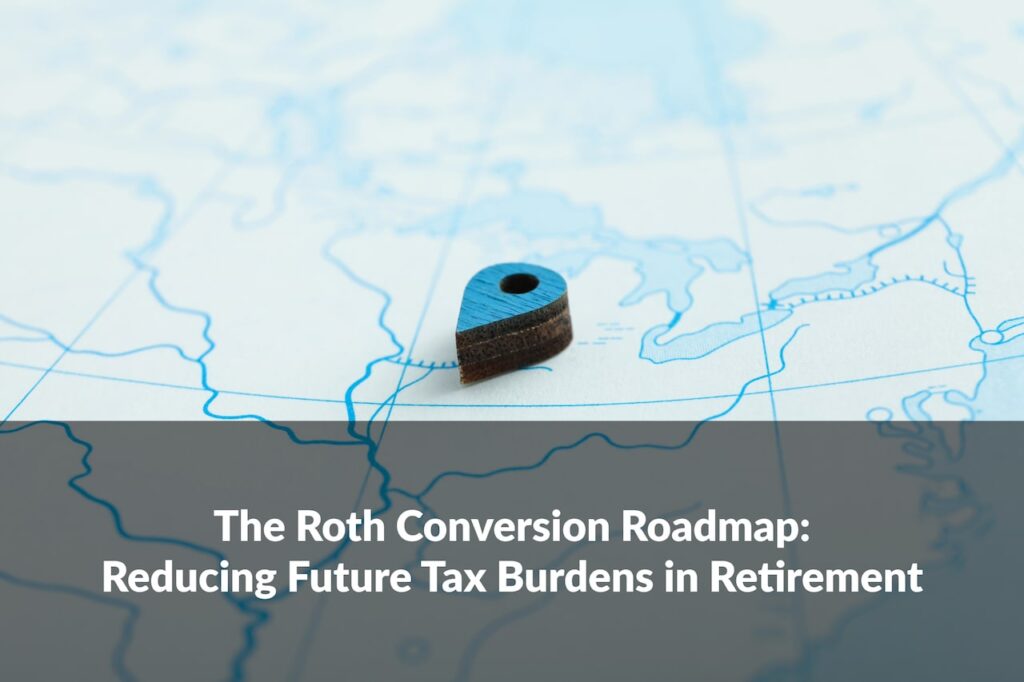Portions of the following content have been adapted from the book Tax-Free Income for Life by David McKnight.
In this month’s article, we’re focusing on a comprehensive approach to tax-free retirement income, and I’ll be reviewing the tax-free retirement approach discussed by David McKnight in The Power of Zero. I’ll begin by identifying the three basic types of accounts within which to accumulate retirement savings, and you’ll see me refer to these three accounts as “buckets” of money. Continue reading to learn more about this approach to tax-free retirement income.
In a rising-tax-rate environment, it’s critical to understand that there is an ideal amount of money to have in each of the three buckets discussed below. Let’s review all three:
Bucket #1: The Taxable Bucket
The first bucket of money is called the taxable bucket. Every year as the money within this bucket grows, you get to pay a tax. This bucket can include investments such as CDs, money markets, stocks, bonds, mutual funds, etc. These types of investments are useful because they’re generally very liquid and instantly accessible without penalties. For these reasons, they make for great emergency funds. Retirement experts generally agree that you should have no more than six months of basic living expenses in these types of accounts.
SEE ALSO: Aligning Your Tax-Free Stars
Bucket #2: The Tax-Deferred Bucket
The second bucket of money is called the tax-deferred bucket. Common examples include 401(k)s, IRAs, 403(b)s, and 457 plans. In these accounts, you contribute pre-tax dollars, your money grows tax-deferred, and you pay tax upon distribution. These types of accounts should be used only in carefully prescribed ways, especially given the almost certainty of higher taxes in the future.
Because you’ll still have the standard deduction available to you in retirement, it’s OK to have some money in these types of accounts. The standard deduction allows you to realize income from any number of sources, including tax-deferred retirement plans, up to a certain threshold without paying any taxes at all. For example, if you retired today, absent any other deductions, you’d still have a standard deduction of $13,850 for single filers and $27,700 if you’re married filing jointly or a surviving spouse. That means you could withdraw up to $27,700 from your tax-deferred retirement accounts completely tax-free. Keep in mind, however, that any distributions from this bucket count as provisional income and could cause up to 85 percent of your Social Security to be taxed at your highest marginal tax bracket. So, just because you can withdraw $27,700 from your tax-deferred bucket doesn’t mean that you should.
In short, we want balances in this bucket to be low enough that required minimum distributions (RMDs) are equal to or less than our standard deduction in retirement, as well as low enough that those RMDs don’t cause Social Security taxation. To calculate the ideal balance in your tax-deferred bucket, check out David McKnight’s magic-number calculator.
Bucket #3: The Tax-Free Bucket
In the tax-free bucket, you make contributions with dollars that have already been taxed. Once those dollars are safely ensconced within the tax-free bucket, they can be distributed tax-free, even if tax rates rise dramatically over time.
Now there are a variety of investments that masquerade as tax-free, but to be truly tax-free an investment has to qualify in two different ways. First, it has to be free from federal, state, and capital gain taxes. Second, distributions from a truly tax-free investment cannot count as provisional income. They cannot count against the thresholds that cause Social Security taxation. Tax-free investments that satisfy both criteria include Roth IRAs, Roth 401(k)s, Roth conversions, and LIRPs.
Shifting Surplus to Tax-Free
Now that we’ve established the ideal balances in your taxable and tax deferred buckets, you’re ready to maneuver your way toward the 0 percent tax bracket. Anything above and beyond the ideal balances in the taxable and tax-deferred buckets should be systematically repositioned to tax-free. But you don’t want to do it all at once! The key is to shift money slowly enough that you don’t rise into a tax bracket that gives you heartburn, but quickly enough that you get all the heavy lifting done before tax rates go up for good.
SEE ALSO: Why Americans Aren’t Using the Best Approach to Lifetime Income
Unlocking the 0 Percent Tax Bracket
To help you understand the importance of achieving the proper balance in each of your three buckets, consider the following analogy. If you look at a key, you’ll notice that its teeth rise and fall in a series of ridges and valleys. In order for that key to unlock the tumblers in a lock, those ridges must be precisely the right height and those valleys precisely the right depth. And so it goes with the balances within your three buckets. In order to unlock the 0 percent tax bracket, each of those balances must be at precisely the right level.
For example, if the balances in your tax-deferred bucket are too high, required minimum distributions at age seventy-two can overwhelm your standard deduction and put you at risk of higher taxes. What’s more, your high levels of provisional income could cause your Social Security to be taxed, forcing you to spend down your stock market portfolio to compensate. Through a proactive shifting strategy, however, you can position the ideal amount of assets in each of your buckets and permanently eliminate tax rate risk from your retirement equation.
In my next article, I’ll share a case study to further explain the importance of the three buckets. In the meantime, should you have any questions or wish to schedule a personal conversation, I hope you’ll reach out for a consultation. At Hanson Wealth Management, the approach we use to plan your secure retirement includes lowering your tax burden and optimizing your income streams with the objective of achieving a tax-free retirement so you can truly live your best life.









